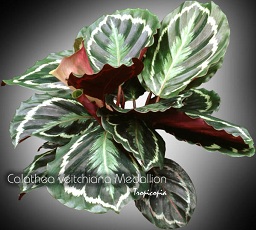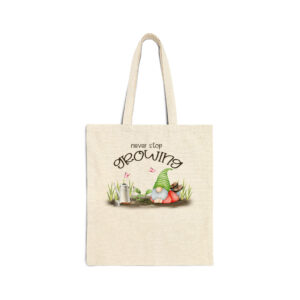Table of contents
Medallion Calathea

Latin Name: Calathea veitchiana ‘Medallion’
Category: Foliage plant
Family: Marantaceae
Origin: Hybrid
Climate: Tropical
Growing Zones: 11
Care Instructions
The Medallion Calathea (Calathea veitchiana ‘Medallion’) is a tropical plant that originates from Hybrid. This foliage plant plant belongs to the Marantaceae family and is well-suited for growing in USDA zones 11.
Complete Care Guide for Medallion Calathea (Calathea veitchiana ‘Medallion’)
Watering Requirements
The Medallion Calathea thrives in consistently moist soil, but it is crucial to avoid overwatering, which can lead to root rot. Water the plant when the top inch of soil feels dry to the touch. During the growing season (spring and summer), this may mean watering once a week, while in the dormant months (fall and winter), you can reduce the frequency to every 10-14 days. It’s best to use distilled water or rainwater, as Calatheas are sensitive to the chemicals found in tap water, such as chlorine and fluoride. Always ensure that the pot has drainage holes to allow excess water to escape, preventing waterlogged conditions.
Light Conditions
Medallion Calatheas prefer bright, indirect light. Direct sunlight can scorch their leaves, leading to unsightly brown edges and spots. Ideally, place your Calathea near a north or east-facing window where it can receive filtered light. If you notice the leaves losing their vibrant patterns or becoming leggy, it may be a sign that the plant is not receiving enough light. Conversely, if the leaves start curling or developing brown tips, it may be getting too much direct sunlight. A well-lit room with sheer curtains can provide the perfect balance for this beautiful plant.
Soil Preferences
The ideal soil for a Medallion Calathea is a well-draining, rich potting mix that retains moisture without becoming soggy. A blend of peat moss, perlite, and orchid bark works well to provide the necessary aeration and drainage. You can also use a commercial potting mix designed for tropical plants. Fertilization should be done sparingly; during the growing season, apply a balanced, water-soluble fertilizer every 4-6 weeks. Avoid fertilizing in the fall and winter when the plant’s growth slows down. Always ensure that the potting mix remains slightly moist but not overly wet to promote healthy root development.
Pests and Diseases
Common pests that may affect the Medallion Calathea include spider mites, aphids, and mealybugs. Regularly inspect the undersides of the leaves for any signs of infestation. If you notice pests, treat the plant with insecticidal soap or neem oil, ensuring to cover all leaf surfaces. Additionally, Calatheas can be susceptible to fungal diseases if the humidity is too high or if the leaves remain wet for extended periods. To prevent this, ensure good air circulation around the plant and avoid overhead watering. If you notice any yellowing leaves or spots, it may indicate a disease, and you should remove the affected leaves immediately to prevent further spread.
Special Care Tips
To keep your Medallion Calathea healthy and thriving, consider the following special care tips: First, maintain a high humidity level, ideally between 50-60%, as Calatheas are native to tropical environments. You can achieve this by misting the leaves regularly, using a pebble tray filled with water, or placing a humidifier nearby. Additionally, rotate the plant every few weeks to ensure even growth and prevent it from leaning towards the light source. Be mindful of temperature fluctuations; Calatheas prefer temperatures between 65°F and 80°F (18°C to 27°C) and should be kept away from drafts, heaters, or air conditioning vents. Lastly, regularly wipe the leaves with a damp cloth to remove dust and enhance their natural shine, allowing the plant to photosynthesize effectively.








